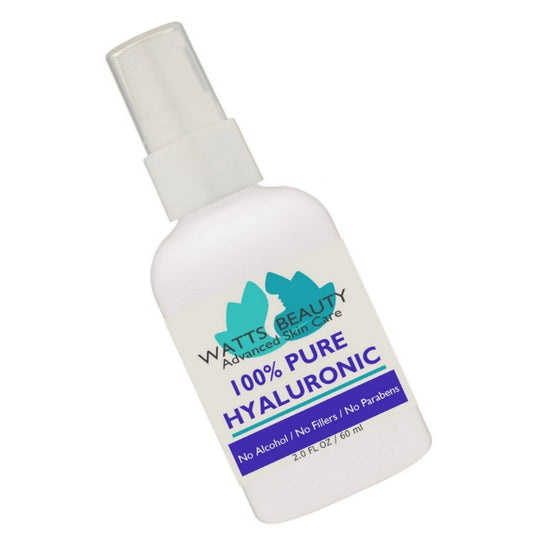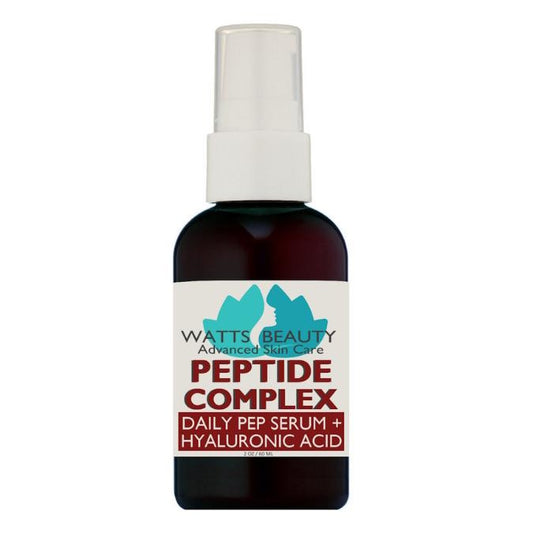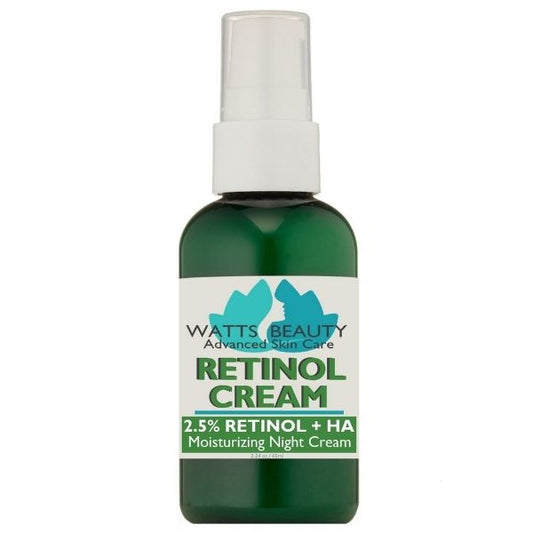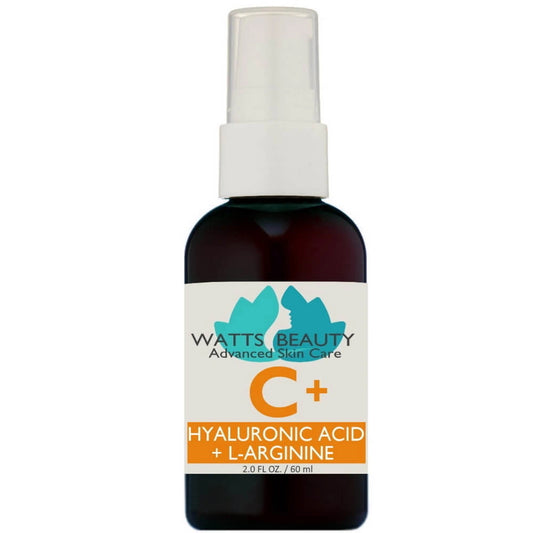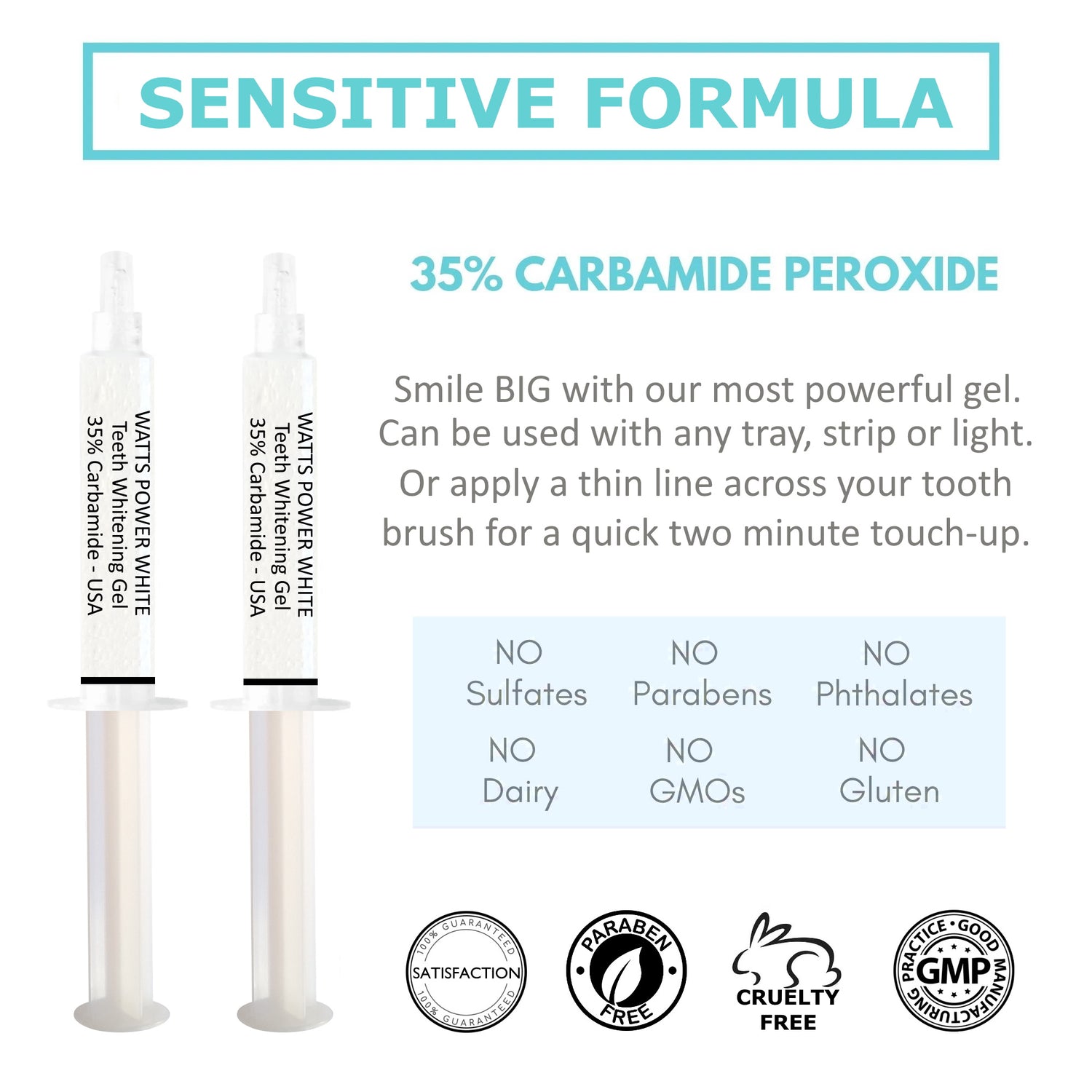How To Reduce Your Carbon Footprint with Skincare Choices
In recent years, the conversation around sustainability has taken center stage, touching every industry from food production to fashion. One area that is often overlooked in these discussions, however, is skincare. While many people are conscientious about what they put on their skin, fewer consider the environmental impact of their skincare routine. Your choice of products, their ingredients, their packaging, and the brands you support all play a significant role in your carbon footprint. If you want to make a positive difference, you can start with small changes in your skincare choices.
This guide will explore how to reduce your carbon footprint through eco-friendly skincare choices, emphasizing the importance of sustainability, cruelty-free practices, and natural ingredients. From reducing packaging waste to supporting brands with responsible practices, this article provides actionable steps for a greener skincare routine.
1. Choose Natural and Organic Ingredients
One of the most effective ways to reduce your skincare carbon footprint is by selecting products that are made with natural and organic ingredients. The production of synthetic chemicals can be resource-intensive, requiring energy, water, and often harmful processes. On the other hand, natural ingredients typically have a lower environmental impact when sourced responsibly.
Look for ingredients that are sustainably harvested, biodegradable, and free from harmful chemicals that can harm the environment. Organic farming practices, for example, do not rely on synthetic pesticides and fertilizers, which can have detrimental effects on the soil, water, and ecosystems. By choosing skincare products that utilize organic ingredients, you're supporting agriculture that is more aligned with environmental health.
Some ingredients to consider include plant-based oils (such as jojoba, argan, and coconut), organic botanicals, and essential oils. Not only do these ingredients have a minimal environmental impact, but they are also often better for the skin due to their gentle nature and lack of harsh chemicals.
2. Opt for Sustainable and Recyclable Packaging
Packaging waste is one of the most significant contributors to environmental pollution. According to a report by the Environmental Protection Agency (EPA), packaging accounts for nearly 30% of solid waste in landfills. In the skincare industry, plastic packaging, in particular, has become a major issue. The sheer volume of single-use plastic containers is staggering, and many of these do not get recycled.
To minimize your carbon footprint, choose skincare products with sustainable packaging. Look for products that come in glass containers, which are easily recyclable and can be reused. Metal tins, cardboard boxes, and bamboo containers are also great alternatives that are biodegradable or recyclable.
Many skincare brands are now adopting eco-friendly packaging solutions, such as refillable containers and packaging made from post-consumer recycled (PCR) materials. Opting for brands that use minimal or biodegradable packaging can significantly reduce the amount of waste you generate.
Additionally, avoid products with excessive packaging. Some brands use multiple layers of plastic and unnecessary plastic inserts that end up in landfills. By choosing simpler, minimalist packaging, you can reduce the environmental impact of your skincare purchases.
3. Support Cruelty-Free and Ethical Brands
A brand's ethical practices can directly affect its environmental footprint. Companies that support cruelty-free practices often align with more sustainable production processes, from sourcing ingredients to minimizing waste. When a company is committed to ethical sourcing and environmental sustainability, it shows in the quality of the products they produce.
Cruelty-free brands typically avoid testing on animals, and many also refuse to use animal-derived ingredients in their formulations. These brands are often more invested in finding ethical and eco-conscious alternatives to conventional practices. For example, some cruelty-free skincare brands source ingredients from fair-trade farms that prioritize both environmental sustainability and worker's rights.
Additionally, brands that focus on social responsibility often take extra steps to reduce their carbon footprint by using energy-efficient manufacturing processes, reducing water consumption, and supporting conservation efforts. By choosing products from these ethical brands, you're supporting businesses that are doing their part to help protect the planet.
4. Embrace Multi-Use and Minimalist Skincare
Another effective way to reduce your carbon footprint is by simplifying your skincare routine. Instead of purchasing a multitude of individual products, consider embracing minimalist skincare, which focuses on using fewer, more versatile items.
For example, instead of purchasing separate moisturizers, sunscreens, and serums, you might opt for a multi-use product that performs multiple functions. A good example is a moisturizer with built-in SPF or a serum that acts as both a hydrating treatment and a light exfoliant. By using fewer products, you reduce the environmental impact of production, packaging, and transportation.
Additionally, a minimalist approach encourages you to only purchase what you truly need, which can help prevent overconsumption and reduce waste. It also promotes the idea of quality over quantity, encouraging you to invest in long-lasting, high-quality products that you'll use more efficiently.
5. Be Mindful of Water Usage
Water is an essential part of skincare. From facial cleansers to masks, many skincare products require water to be effective. However, water is a precious resource, and excessive water usage can exacerbate the environmental strain. To reduce your carbon footprint, try to minimize your water usage when using skincare products.
For example, consider switching to a cleansing oil or balm, which often requires less water to rinse off than traditional foaming cleansers. You can also try using a toner or a facial mist instead of rinsing with water. When you do need to rinse your face, consider doing it with a reusable cotton pad or sponge, reducing the number of disposable items you go through.
Additionally, when you are washing your face or applying your skincare, be conscious of how long the water runs. Turn off the tap while you lather and make a conscious effort to limit unnecessary water use.
6. Consider the Carbon Footprint of Your Purchases
The carbon footprint of a product doesn't just come from the ingredients or packaging. The transportation involved in getting a product to your doorstep also contributes to its environmental impact. Shipping products across long distances, especially by air, contributes to carbon emissions that negatively affect the environment.
To mitigate this, try to buy skincare products from local brands or those that have a more sustainable supply chain. Opting for brands that produce products regionally reduces the carbon emissions associated with long-distance shipping. Additionally, many companies offer carbon offset programs that help mitigate the environmental impact of shipping.
Purchasing in bulk or during sales can also help reduce the number of shipments, minimizing the environmental impact of your skincare purchases.
7. Recycle and Repurpose
Finally, one of the simplest ways to reduce your carbon footprint is by properly recycling and repurposing skincare product containers. Once you've finished a product, make sure to rinse out the container thoroughly and place it in the appropriate recycling bin. Be aware of local recycling guidelines, as some materials are not recyclable in certain regions.
In addition to recycling, consider repurposing your skincare containers for other uses. Glass jars can be reused for storing small items, and cardboard boxes can be recycled or repurposed for organizing. Repurposing materials helps extend their lifespan and keeps them out of landfills.
Eco-Conscious Beauty Wins
Reducing your carbon footprint through eco-friendly skincare choices is not just about selecting the right products it's about adopting a mindset that values sustainability and environmental stewardship. From choosing natural ingredients to supporting ethical brands and minimizing packaging waste, every decision you make can contribute to a healthier planet.
By making informed, conscientious choices in your skincare routine, you not only benefit the environment but also promote a more sustainable, ethical approach to beauty. As consumers continue to demand more eco-conscious products, the skincare industry will inevitably evolve, offering even more options for those who want to reduce their environmental impact. The key is to make small, manageable changes that, over time, can lead to a significant difference in the fight against climate change.
Disclaimer: The above helpful resources content contains personal opinions and experiences. The information provided is for general knowledge and does not constitute professional advice.
You may also be interested in: Amazing Boost Dual Weight Hyaluronic Acid Serum, Best Hydrator ...
Frustrated with skincare products that overpromise and underdeliver? Your medicine cabinet tells the story of broken promises. Watts Beauty was created by medical professionals who understand this frustration. Our clinically tested formulas deliver visible results at affordable prices - professional-grade ingredients starting at just $13. Each purchase also helps domestic violence survivors rebuild their lives. Join thousands of satisfied customers who've discovered skincare that keeps its promises. Shop now and reveal your radiant skin today!
Powered by flareAI.

